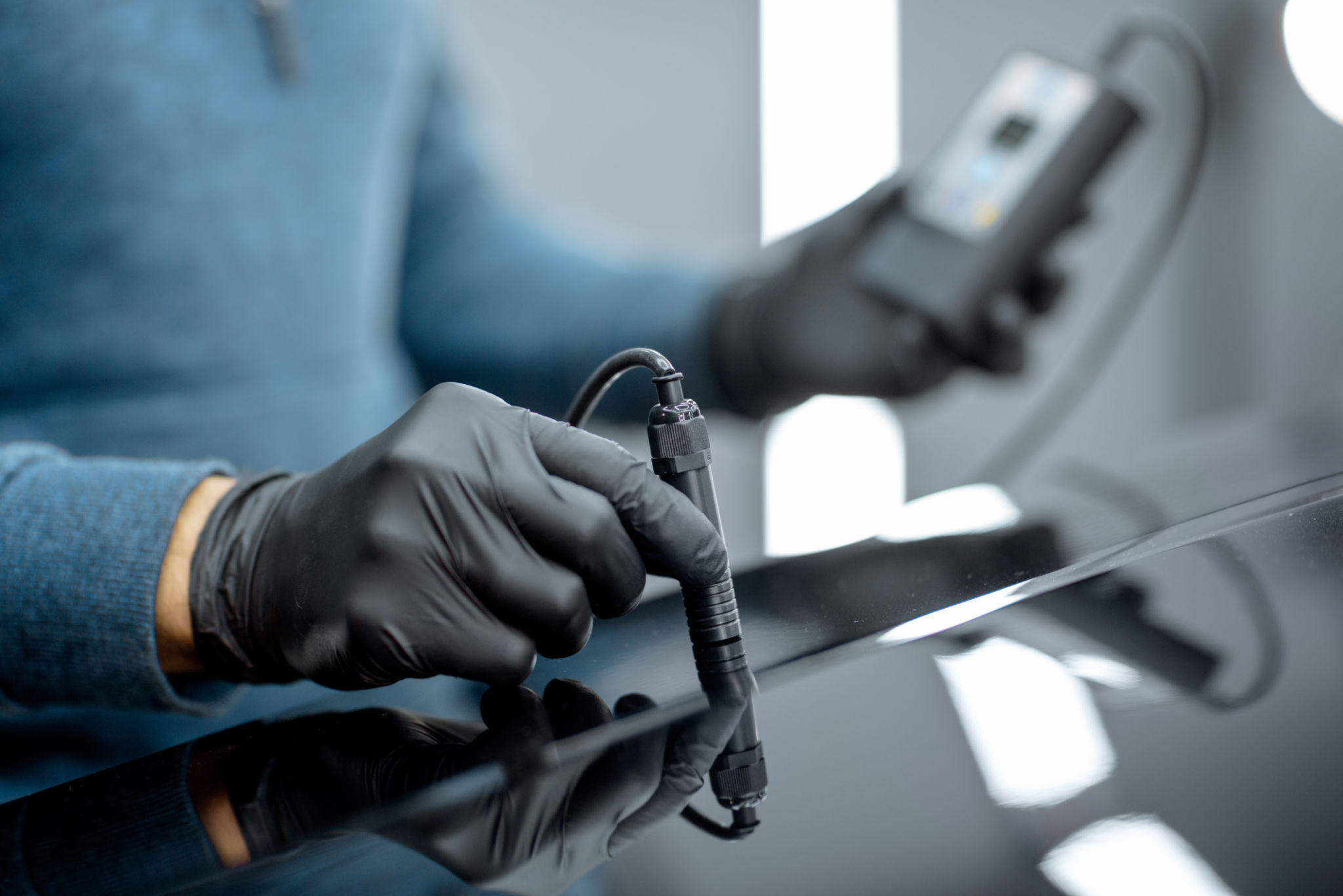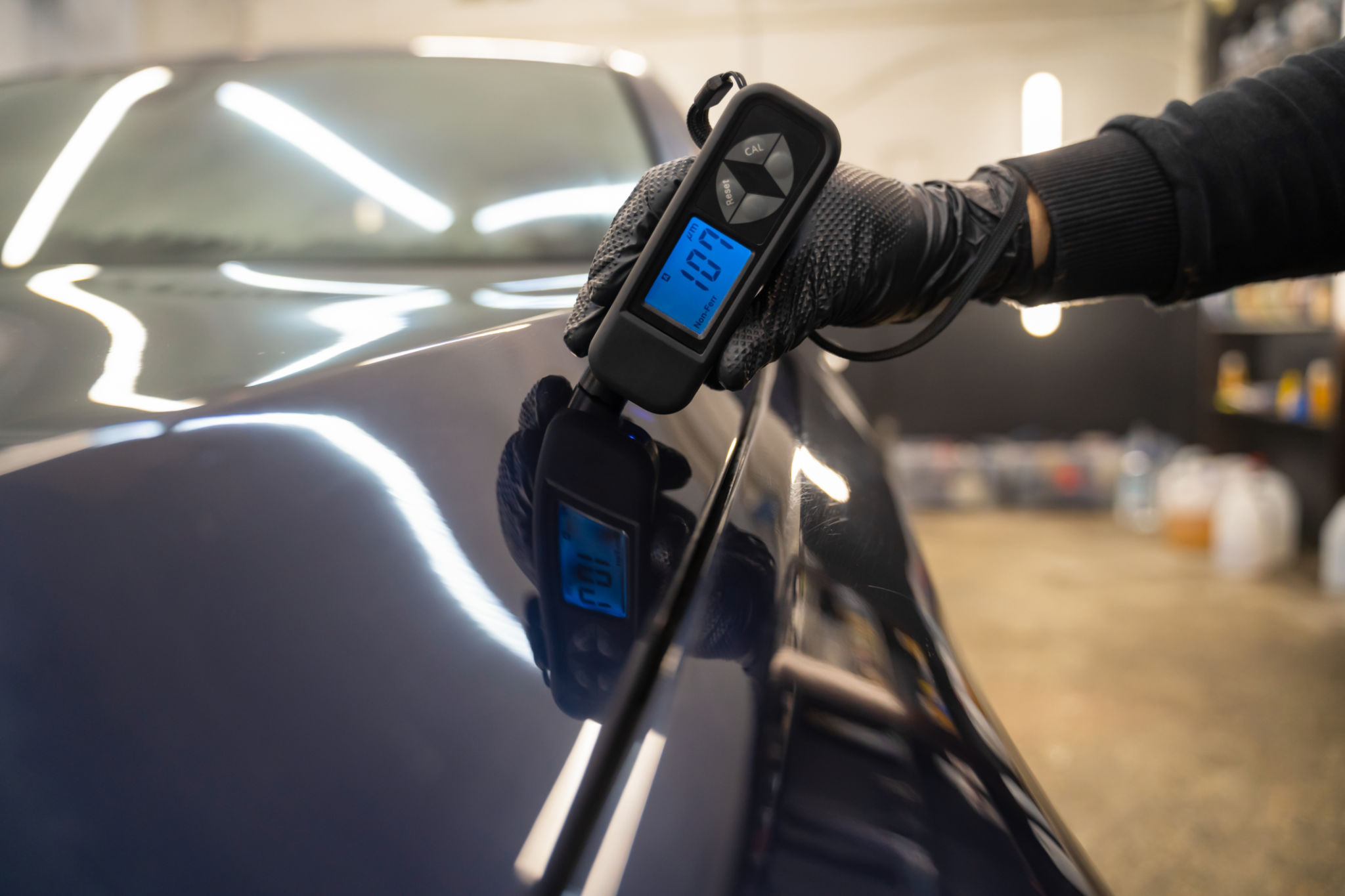DIY Coating Inspection: What You Can Check Yourself
Introduction to DIY Coating Inspection
Ensuring that your surfaces are properly coated is crucial for their longevity and performance. While professional inspections are always recommended, there are several checks you can perform yourself to maintain the integrity of your coatings. In this guide, we'll explore some essential DIY coating inspection techniques you can apply.

Visual Inspection Basics
The first step in any coating inspection is a thorough visual examination. Look for obvious signs of wear and tear such as cracks, peeling, or blistering. These can indicate underlying issues like improper application, environmental damage, or substrate problems.
Pay special attention to the edges and joints where coatings often start to deteriorate. Make sure to inspect under various lighting conditions, as different angles can reveal imperfections not visible at first glance.

Checking for Surface Contaminants
Surface contaminants like dust, dirt, and grease can significantly affect the performance of a coating. To check for contaminants, wipe the surface with a clean cloth. If the cloth picks up dirt or residue, the surface needs cleaning before further inspection or re-coating.
Additionally, ensure that there is no presence of chemical residues that could compromise the coating's effectiveness. This step is particularly important for areas exposed to industrial environments or harsh chemicals.
Adhesion Tests You Can Perform
Adhesion tests are crucial for determining how well a coating is bonded to its substrate. One simple method you can try is the tape test. Apply a piece of adhesive tape to the coated surface and then remove it quickly. If any part of the coating comes off with the tape, it may be time for a professional evaluation.

Another method is to use a cross-hatch cutter to score the coating in a grid pattern before applying tape. This can give you a more detailed picture of adhesion quality across a larger area.
Measuring Coating Thickness
Coating thickness is a critical factor in ensuring durability and protection. Use a dry film thickness gauge to measure the thickness of your coatings. This tool is relatively inexpensive and provides an accurate reading of the coating's depth.
Ensure that you take multiple measurements across different areas to get a comprehensive understanding of the coating's uniformity.

Identifying Environmental Damage
Environmental factors such as UV exposure, moisture, and temperature fluctuations can degrade coatings over time. Look for signs like discoloration, chalking, or brittleness that may indicate environmental damage.
If you notice any of these signs, consider environmental controls or protective measures to extend the life of your coatings.
Conclusion: When to Call in the Experts
While these DIY inspections are valuable for maintaining your coatings, there are times when professional expertise is necessary. If you identify serious issues like widespread peeling or suspect chemical damage, it's best to consult a professional inspector.
Regular inspections and maintenance can significantly extend the life of your coatings, saving you time and money in the long run. By conducting these simple checks, you can ensure that your surfaces remain protected and perform at their best.